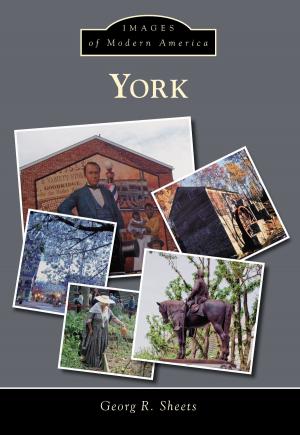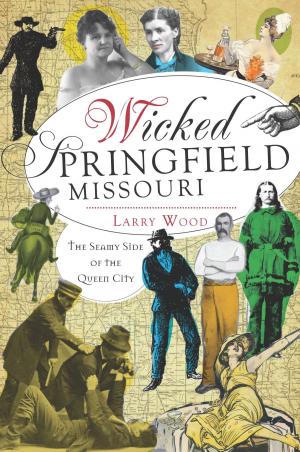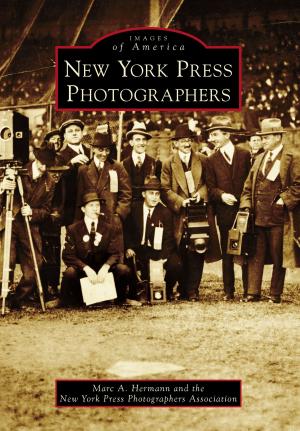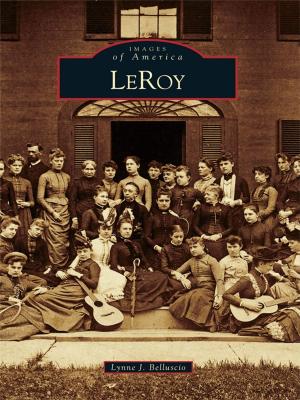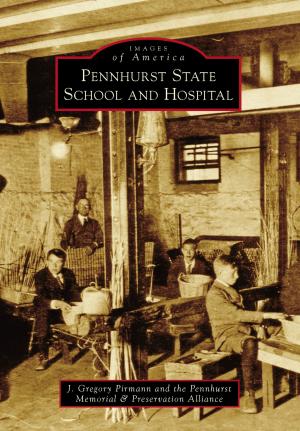Chinese in St. Louis
1857-2007
Nonfiction, Art & Architecture, Photography, Pictorials, History, Social & Cultural Studies, Social Science, Cultural Studies, Ethnic Studies, Fiction & Literature, Literary Theory & Criticism| Author: | Huping Ling | ISBN: | 9781439618967 |
| Publisher: | Arcadia Publishing Inc. | Publication: | June 20, 2007 |
| Imprint: | Arcadia Publishing | Language: | English |
| Author: | Huping Ling |
| ISBN: | 9781439618967 |
| Publisher: | Arcadia Publishing Inc. |
| Publication: | June 20, 2007 |
| Imprint: | Arcadia Publishing |
| Language: | English |
In 1857, Alla Lee, a 24yearold native of Ningbo, China, seeking a better life, came to St. Louis. A decade later, Lee was joined by several hundred of his countrymen from San Francisco and New York who were seeking jobs in mines and factories in and around St. Louis. Most of these Chinese workers lived in boardinghouses located near a street called Hop Alley. In time, Chinese hand laundries, merchandise stores, herb shops, restaurants, and clan association headquarters sprang up in and around that street, forming St. Louis Chinatown. Hop Alley survived with remarkable resilience and energy until 1966 when urban renewal bulldozers leveled the area to make a parking lot for Busch Stadium. A new suburban Chinese American community has been quietly, yet rapidly, emerging since the 1960s in the form of cultural community, where the Chinese churches, Chineselanguage schools, and community organizations serve as the infrastructure of the community.
In 1857, Alla Lee, a 24yearold native of Ningbo, China, seeking a better life, came to St. Louis. A decade later, Lee was joined by several hundred of his countrymen from San Francisco and New York who were seeking jobs in mines and factories in and around St. Louis. Most of these Chinese workers lived in boardinghouses located near a street called Hop Alley. In time, Chinese hand laundries, merchandise stores, herb shops, restaurants, and clan association headquarters sprang up in and around that street, forming St. Louis Chinatown. Hop Alley survived with remarkable resilience and energy until 1966 when urban renewal bulldozers leveled the area to make a parking lot for Busch Stadium. A new suburban Chinese American community has been quietly, yet rapidly, emerging since the 1960s in the form of cultural community, where the Chinese churches, Chineselanguage schools, and community organizations serve as the infrastructure of the community.




